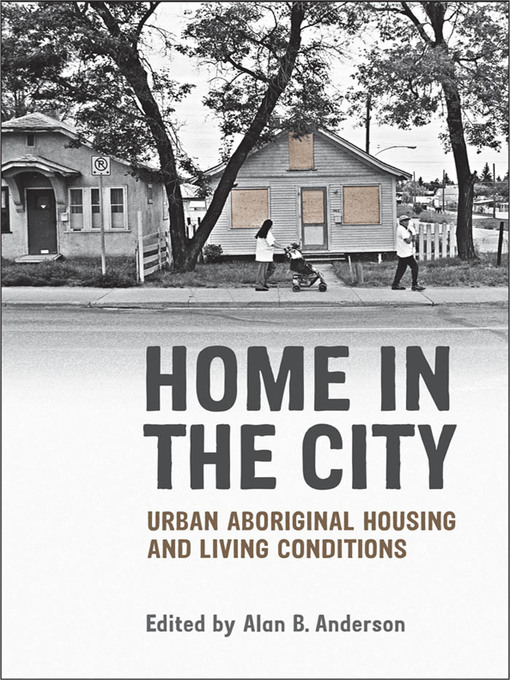During the past several decades, the Aboriginal population of Canada has become so urbanized that today, the majority of First Nations and Métis people live in cities. Home in the City provides an in-depth analysis of urban Aboriginal housing, living conditions, issues, and trends. Based on extensive research, including interviews with more than three thousand residents, it allows for the emergence of a new, contemporary, and more realistic portrait of Aboriginal people in Canada’s urban centres.
Home on the City focuses on Saskatoon, which has both one of the highest proportions of Aboriginal residents in the country and the highest percentage of Aboriginal people living below the poverty line. While the book details negative aspects of urban Aboriginal life (such as persistent poverty, health problems, and racism), it also highlights many positive developments: the emergence of an Aboriginal middle class, inner-city renewal, innovative collaboration with municipal and community organizations, and more. Alan B. Anderson and the volume’s contributors provide an important resource for understanding contemporary Aboriginal life in Canada.

